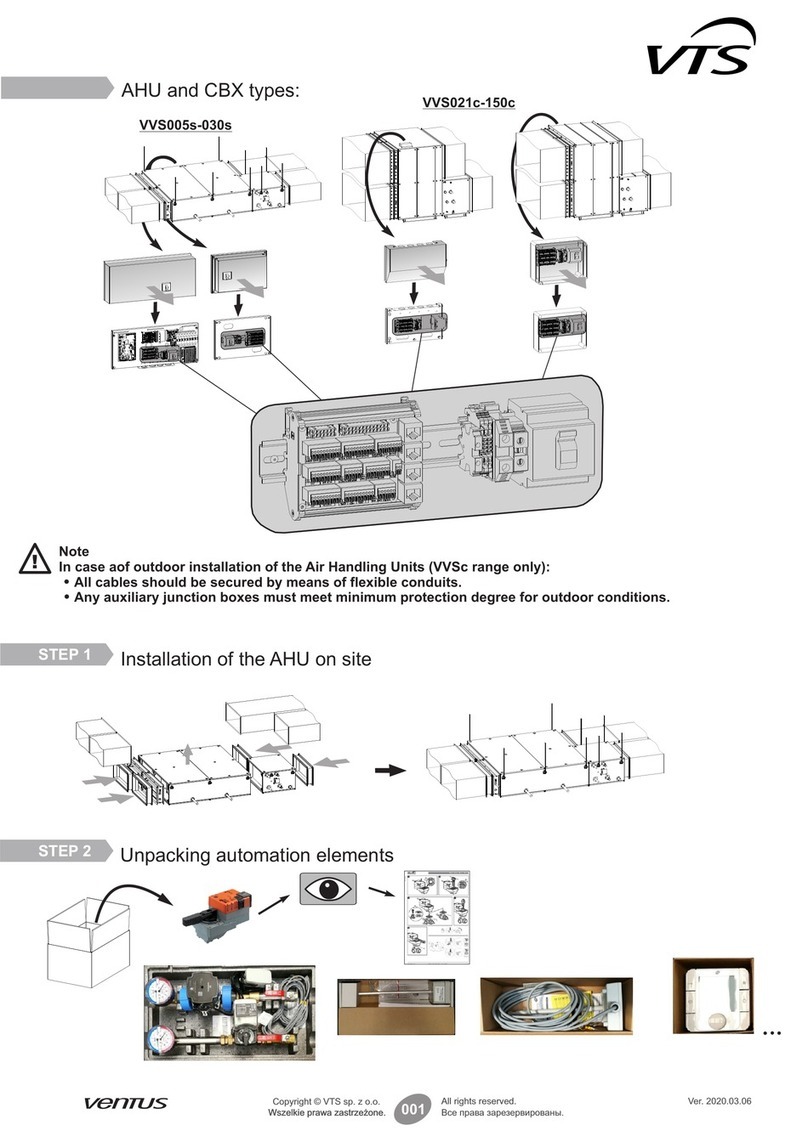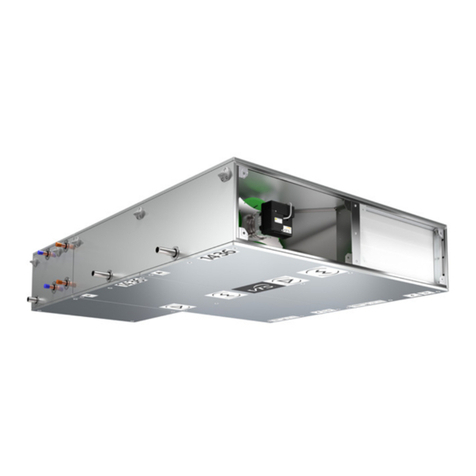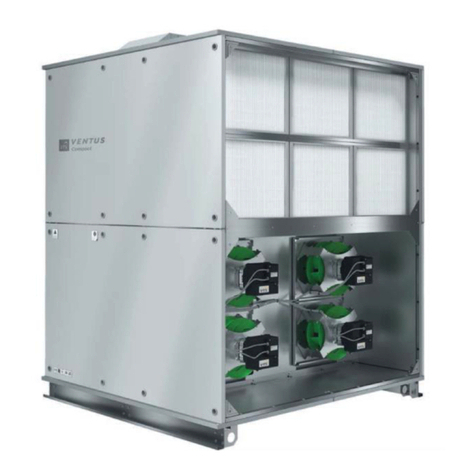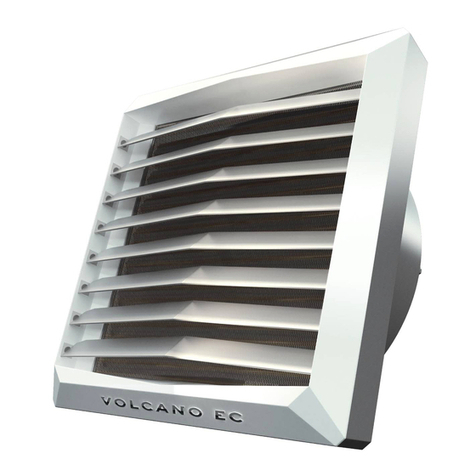1. Introduction
ATTENTION: Warnings, Cautions and Notices appear throughout this document. Read it carefully:
WARNING! Indicates a potentially hazardous situation which, if not avoided, could result in
death or serious injury.
CAUTION! Indicates a potentially hazardous situation which, if not avoided, could result in
minor or moderate injury. It could also be used to alert against unsafe practices.
NOTICE ! Indicates a situation that could result in equipment or property–damage only.
In-depth familiarization with the content of this manual, assembly and operation of the air-handling
unit in line with the instructions provided and obeying all safety regulations constitute the basis of
efficient, safe and non-failure operation of the device.
Works related to unloading packages with AHUs, transportation of the packages, connecting AHU-to
the related systems as well as maintenance and repair are carried out by qualified specialists or they
are supervised by authorized staff.
The qualified technical personnel is understood as the trained specialists, who due to the
professional experience, knowledge of the subject-related standards, documentation and regulations
concerning operation and safety procedures, have been authorized to perform necessary operations
and who are able to troubleshoot any potential problems.
This operation and maintenance manual does not cover all possible variants of the units
configurations, examples of their assembly and installation as well as start-up, operating, repairing
and maintenance. If the units are used for what they are intended, this documentation and any other
materials provided with the unit contain information designed for the qualified technical personnel
only.
NOTICE ! Connection of the unit sections, connection of related systems, start-up,
operation and maintenance of the device have to comply with the directives and
regulations being in force in the country where the unit is installed.
Guarantee repairs can be carried out only by VTS Service Provider with appropriate
certificates. It is recommended to engage VTS Authorized Service Providers for
installation, start-up, maintenance and repairs of the AHU units.
This manual should always be kept handy for reference and be easily available for the
servicing personnel.
2. Application and design
The 8-size product line is designed for
recuperation, cooling or/and heating load
conditions of the air flow range 1200–16000
m3/h. The VENTUS air-handling units are
designed for a ventilation system where an
access to the rotating parts of the unit (a fan’s
rotor) is feasible neither from the overpressure
nor sub atmospheric pressure side of the unit.
The ventilation system is understood as
ventilating ducts as well as e.g.: air intake and
air exhaust modules in case of the units
installed outdoor.
AHUs are equipped with a wide range of
functional sections which offers extensive
possibilities of realizing the air treatment
process in the field of such parameters as
temperature (heat recovery, heating: water of
electric heaters, cooling: water or freon
coolers), filtration, primary and secondary
filters as well as noise level reduction.
The basic is the recovery heat exchanger
section with the fans. The table 1 is showing
the list of symbols and functions of the
sections.

































